The Ultimate Spinach Companion Planting Chart
The Ultimate Spinach Companion Planting Chart
Spinach is a cool-season leafy green that is packed with nutrients. It is a relatively easy vegetable to grow, but it can be susceptible to pests and diseases. Companion planting can help to protect spinach from these problems and improve its overall health.
In this blog post, we will discuss the best companion plants for spinach. We will also provide a companion planting chart that you can use to plan your garden.
What are Companion Plants?
Companion planting is the practice of planting certain crops together in order to benefit each other. Some companion plants attract beneficial insects, while others deter pests. Some companion plants help to improve the soil, while others provide shade or support.
How do Companion Plants Help Spinach?
There are many companion plants that can help spinach to thrive. Here are a few of the best:
- Peas: Peas are nitrogen-fixing plants, which means they can help to add nitrogen to the soil. This is beneficial for spinach, as nitrogen is an important nutrient for plant growth.
- Brassicas: Brassicas, such as broccoli, cabbage, and cauliflower, release chemicals that deter pests. This can help to protect spinach from aphids, cabbage worms, and other common pests.
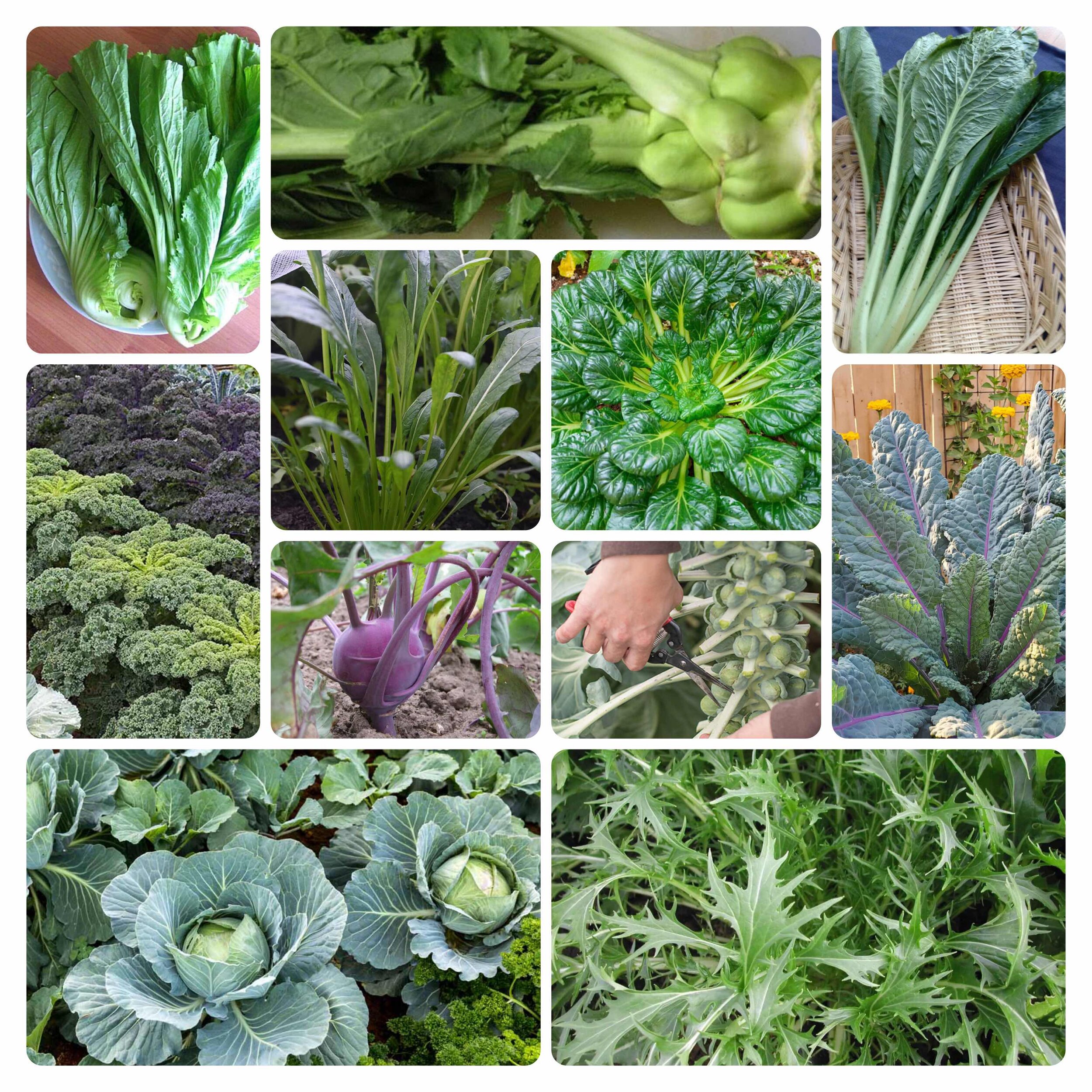
- Carrots: Carrots release a chemical that helps to repel the carrot fly, a common pest of spinach.

- Lettuce: Lettuce and spinach have similar growing requirements, so they can be planted together. They also help to shade the soil, which can help to keep it cool and moist.
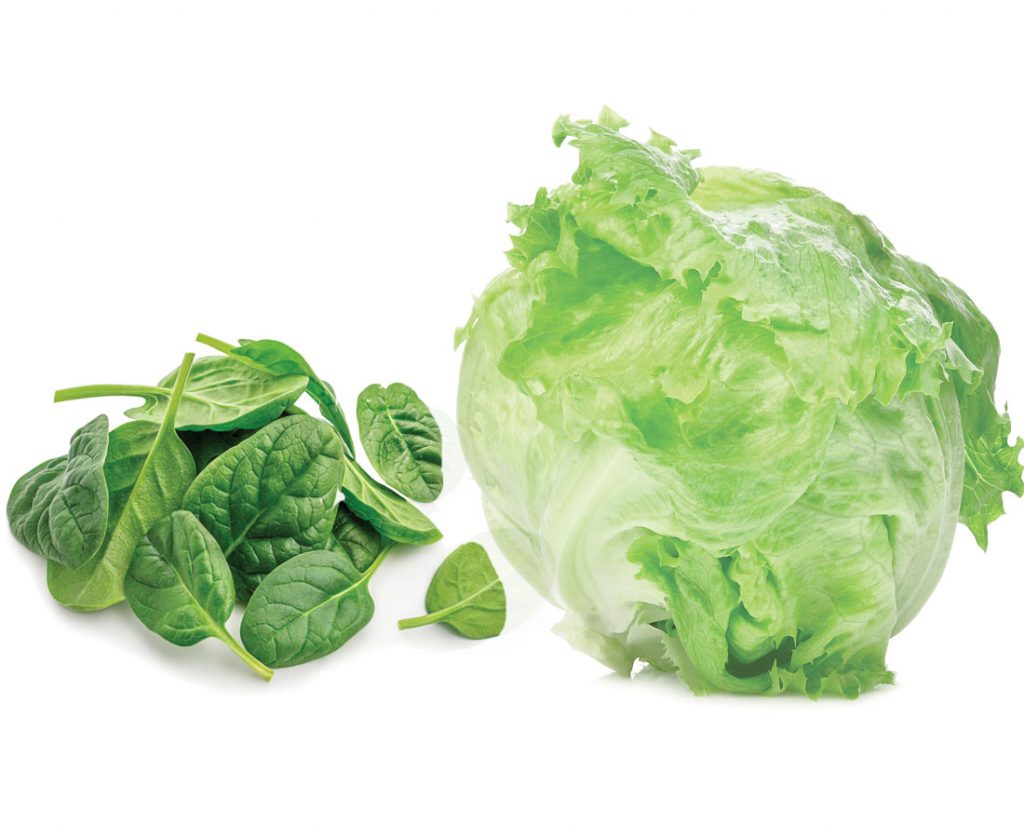
- Herbs: Many herbs, such as chives, dill, and parsley, can help to deter pests and attract beneficial insects. They can also add flavor to spinach dishes.

Companion Planting Chart
The following companion planting chart shows some of the best plants to grow with spinach.
| Companion Plant | Benefits |
|---|---|
| Peas | Nitrogen-fixing |
| Brassicas | Pest-deterrent |
| Carrots | Carrot fly repellent |
| Lettuce | Similar growing requirements, shade |
| Herbs | Pest-deterrent, attract beneficial insects |
Avoiding Bad Companion Plants
There are also a few plants that should not be planted near spinach. These include:
- Fennel: Fennel can stunt the growth of spinach.
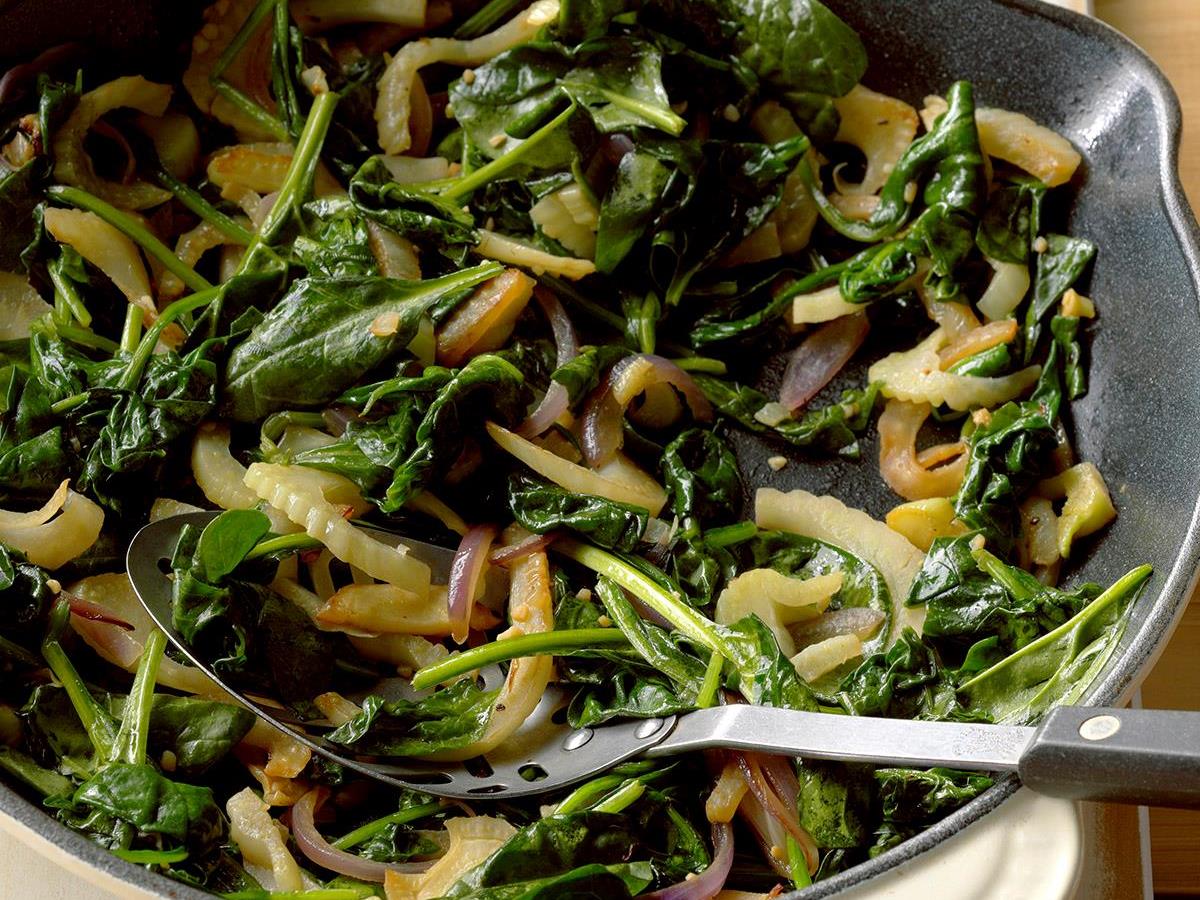
- Potatoes: Potatoes can attract the Colorado potato beetle, a common pest of spinach.

- Tomatoes: Tomatoes can attract the whitefly, a common pest of spinach.

Planning Your Garden
Now that you know about the best and worst companion plants for spinach, you can start planning your garden. When choosing companion plants, keep in mind the following factors:
- Growing requirements: Make sure that the companion plants you choose have similar growing requirements. This will help to ensure that they will thrive in the same conditions.
- Pests and diseases: Choose companion plants that will help to deter pests and diseases that commonly affect spinach.
- Space: Make sure to leave enough space between plants so that they have room to grow.
Conclusion
Companion planting is a great way to improve the health and productivity of your spinach garden. By planting the right companion plants, you can help to protect your spinach from pests and diseases, improve the soil, and extend the harvest season.
Spinach is a delicious and nutritious vegetable that can be grown in many different climates. But did you know that certain companion plants can help to improve the growth and flavor of your spinach?
A companion planting chart is a great way to see which vegetables grow well together. For spinach, some of the best companion plants include:
- Beans: Beans provide shade for spinach, which can help to prevent it from bolting.
- Cilantro: Cilantro helps to repel pests that can damage spinach, such as aphids and spider mites.
- Eggplant: Eggplant helps to improve the flavor of spinach.
- Oregano: Oregano helps to repel pests and attract beneficial insects that can help to pollinate your spinach.
- Peas: Peas fix nitrogen in the soil, which can help to improve the growth of your spinach.
- Rosemary: Rosemary helps to repel pests and improve the flavor of spinach.
- Strawberries: Strawberries help to suppress weeds, which can help to keep your spinach healthy.
If you're looking for more information about spinach companion planting, I recommend visiting Gardenia Inspiration. This website has a comprehensive companion planting chart that includes information about spinach and many other vegetables.
FAQ of spinach companion planting chart
Q: What are the benefits of companion planting spinach?
A: Companion planting is the practice of planting certain crops together in order to enhance their growth and productivity. Spinach can benefit from companion planting in a number of ways. For example, planting spinach near peas can help to repel pests, such as aphids and cabbage moths. Spinach can also help to improve the soil quality for other crops, as it releases nitrogen into the ground.
Q: What are some good companion plants for spinach?
A: Some good companion plants for spinach include:
- Peas: Peas can help to repel pests, such as aphids and cabbage moths.
- Brassicas: Brassicas, such as broccoli, kale, cabbage, and cauliflower, do not compete with spinach for the same nutrients in the soil, thanks to the different depths of their root systems.
- Strawberries: Strawberries can help to attract pollinators, which can help to improve the pollination of spinach flowers.
- Lettuce: Lettuce can help to shade the roots of spinach plants, which can help to prevent them from drying out.
- Tomatoes: Tomatoes can help to deter pests, such as spider mites and whiteflies.
Q: What are some bad companion plants for spinach?
A: Some bad companion plants for spinach include:
- Fennel: Fennel can release a chemical that can inhibit the growth of spinach plants.
- Potatoes: Potatoes can attract the same pests as spinach, such as aphids and cabbage moths.
- Melons: Melons can compete with spinach for water and nutrients.
- Beans: Beans can produce a toxin that can stunt the growth of spinach plants.
- Cucumbers: Cucumbers can attract the same pests as spinach, such as aphids and cabbage moths.
Q: How can I use a spinach companion planting chart?
A: A spinach companion planting chart can help you to choose the best crops to plant near spinach. The chart will show you which crops are beneficial to spinach and which crops should be avoided. You can use the chart to plan your garden layout and to ensure that your spinach plants have the best possible chance of success.
Image of spinach companion planting chart
- Image 1: This image shows a large companion planting chart with spinach at the center. The chart lists different vegetables and herbs that are good companions for spinach, as well as those that should be avoided.
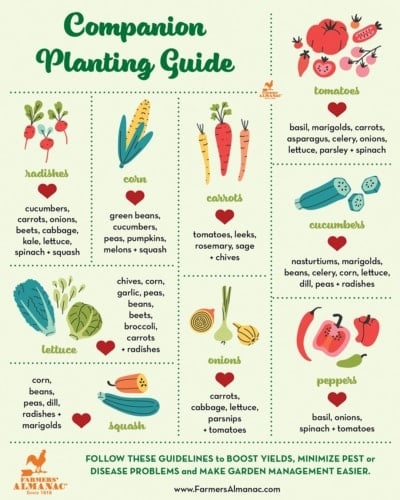
- Image 2: This image is a close-up of the spinach section of the companion planting chart in Image 1. It lists some of the specific benefits of planting spinach near other vegetables, such as deterring pests and improving soil quality.
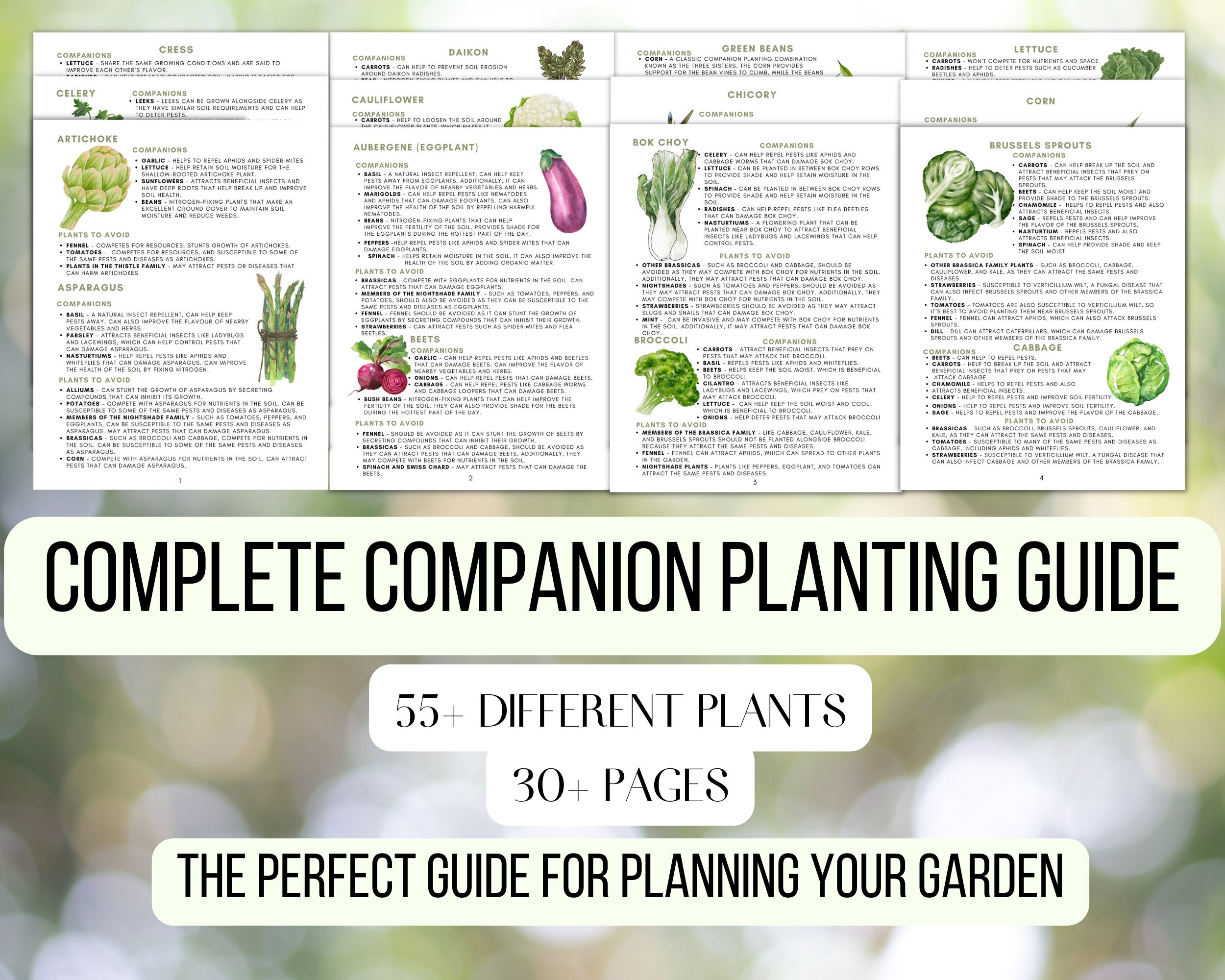
- Image 3: This image shows a smaller, more portable companion planting chart that can be folded up for easy storage. The chart includes spinach and other common vegetables, as well as some herbs.
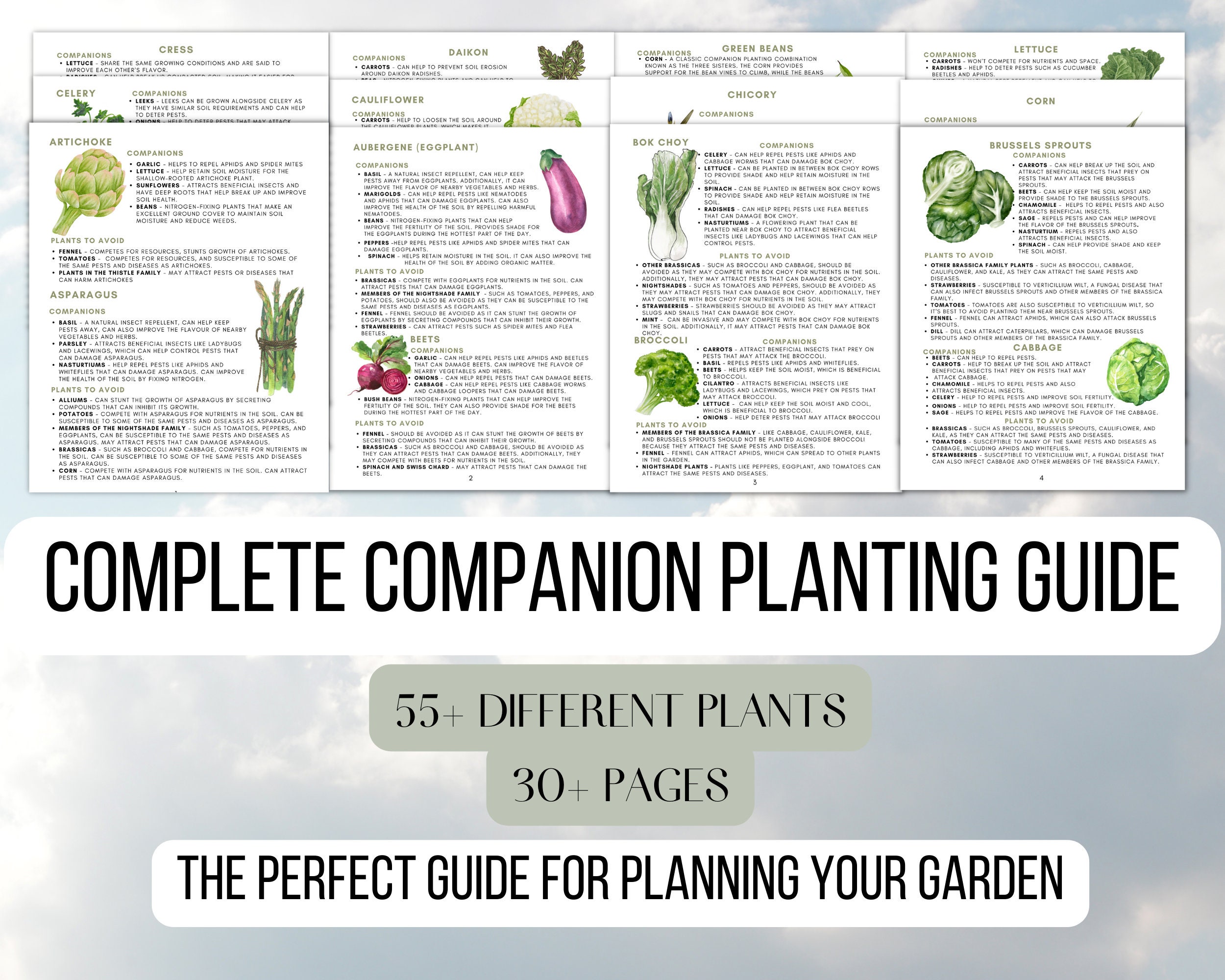
- Image 4: This image is a hand-drawn companion planting chart that includes spinach and other vegetables, as well as some flowers. The chart is decorated with flowers and other plants, making it a beautiful addition to any garden.

- Image 5: This image is a printable companion planting chart that can be downloaded and printed at home. The chart includes spinach and other vegetables, as well as some herbs.

Post a Comment for "The Ultimate Spinach Companion Planting Chart"